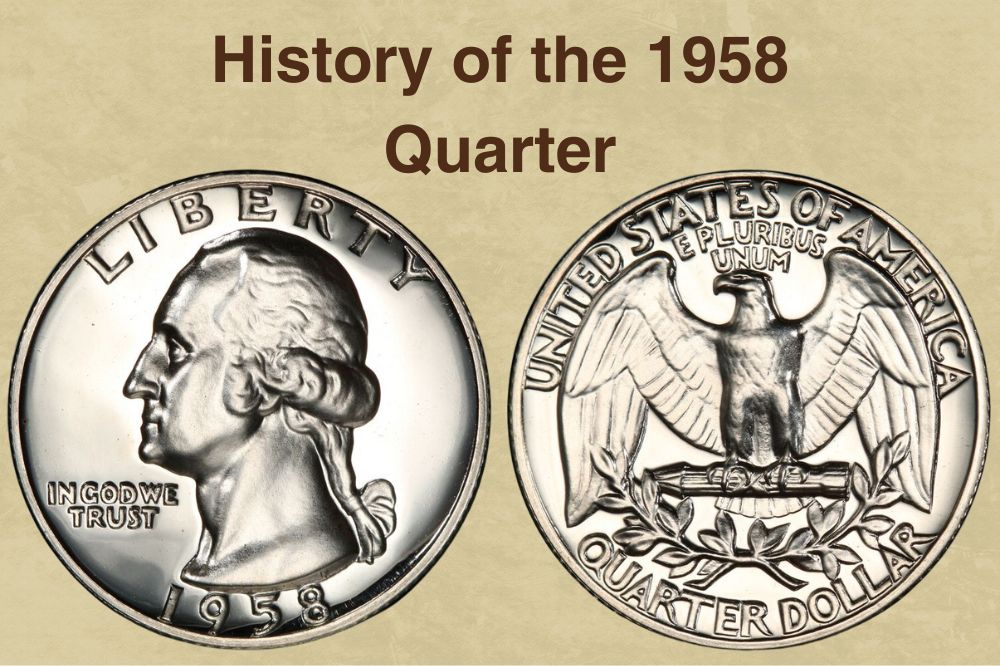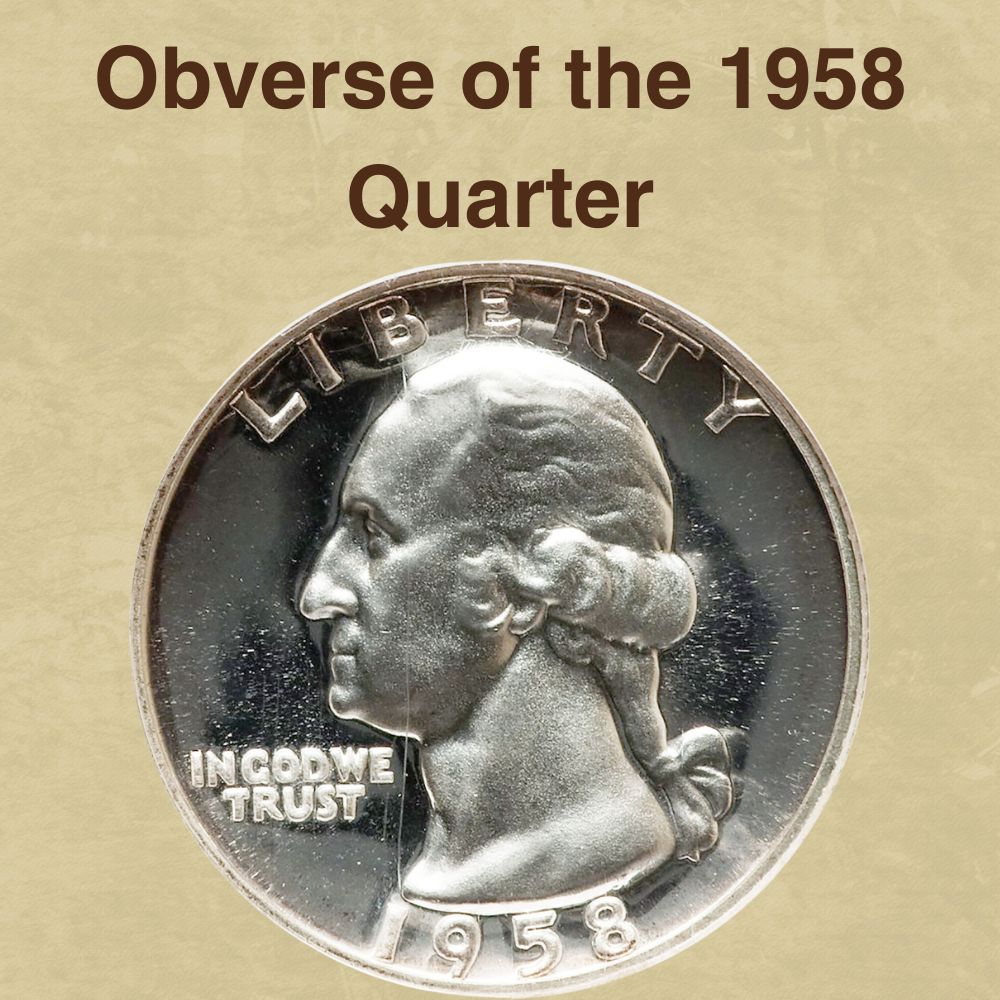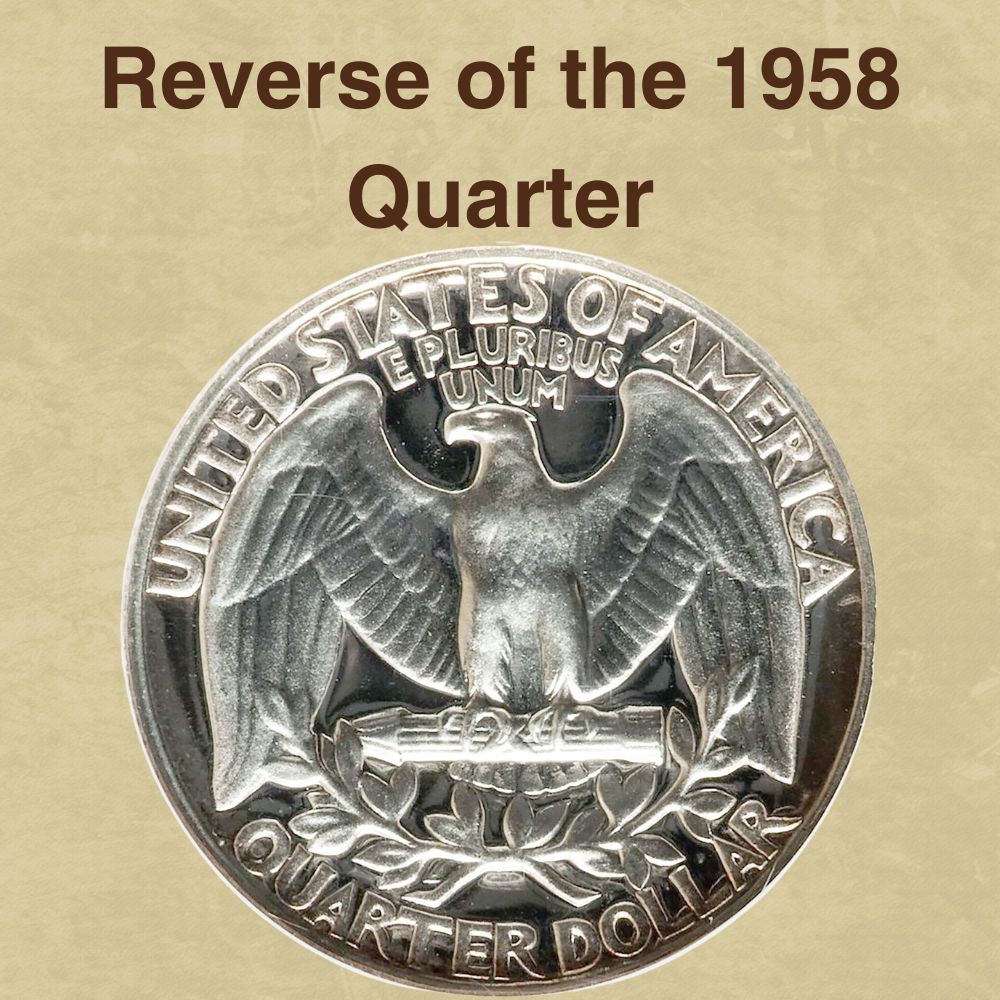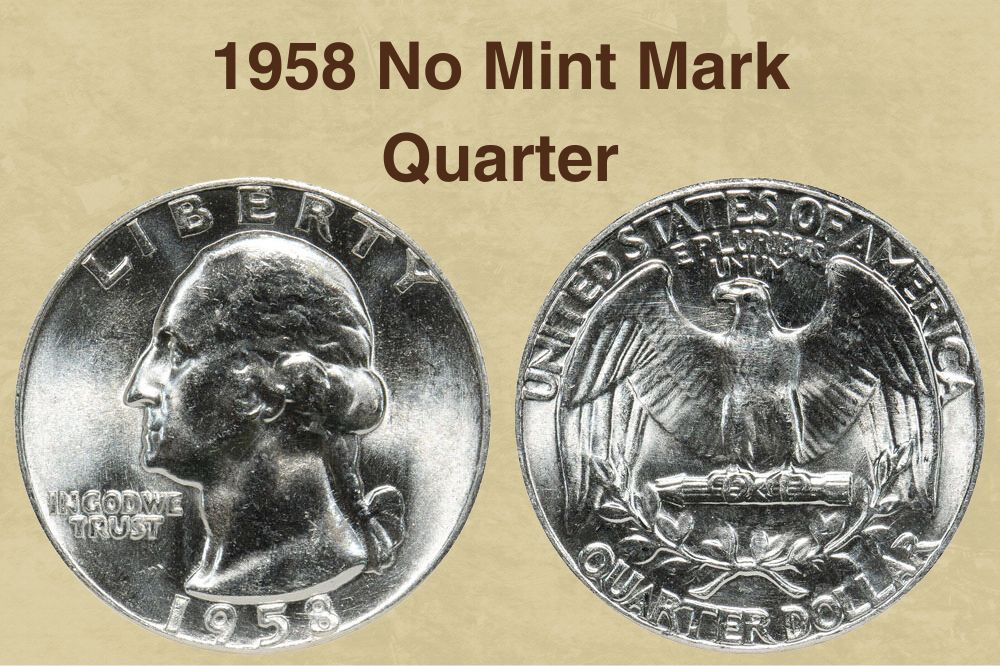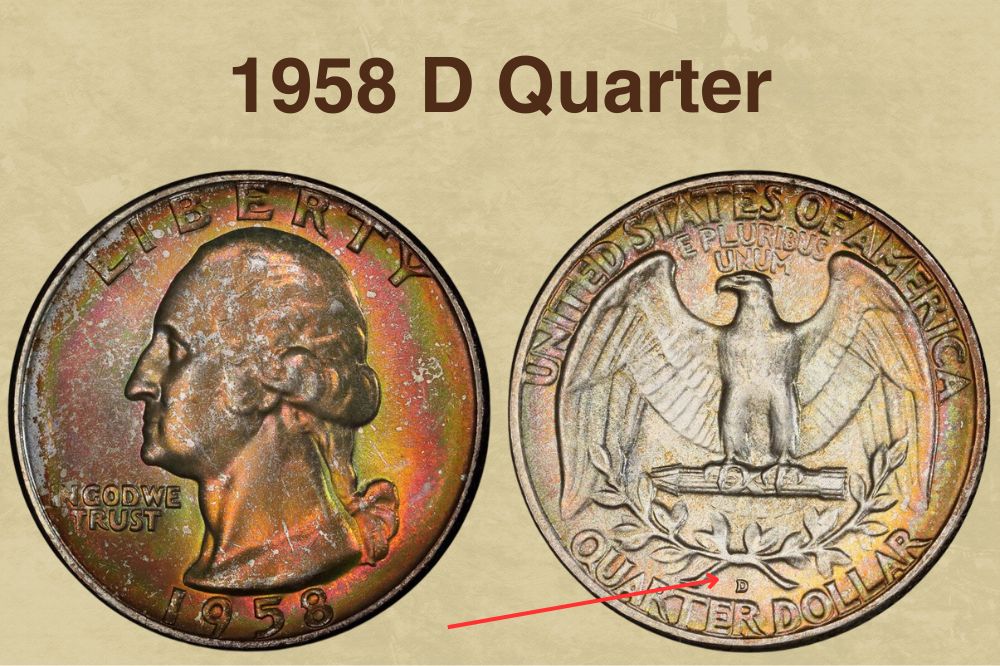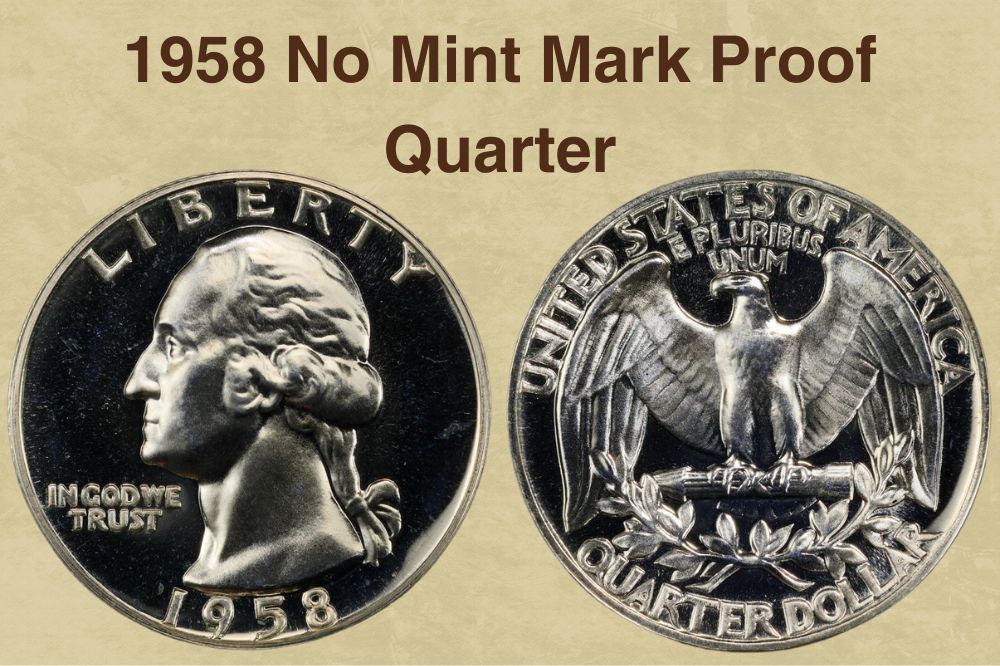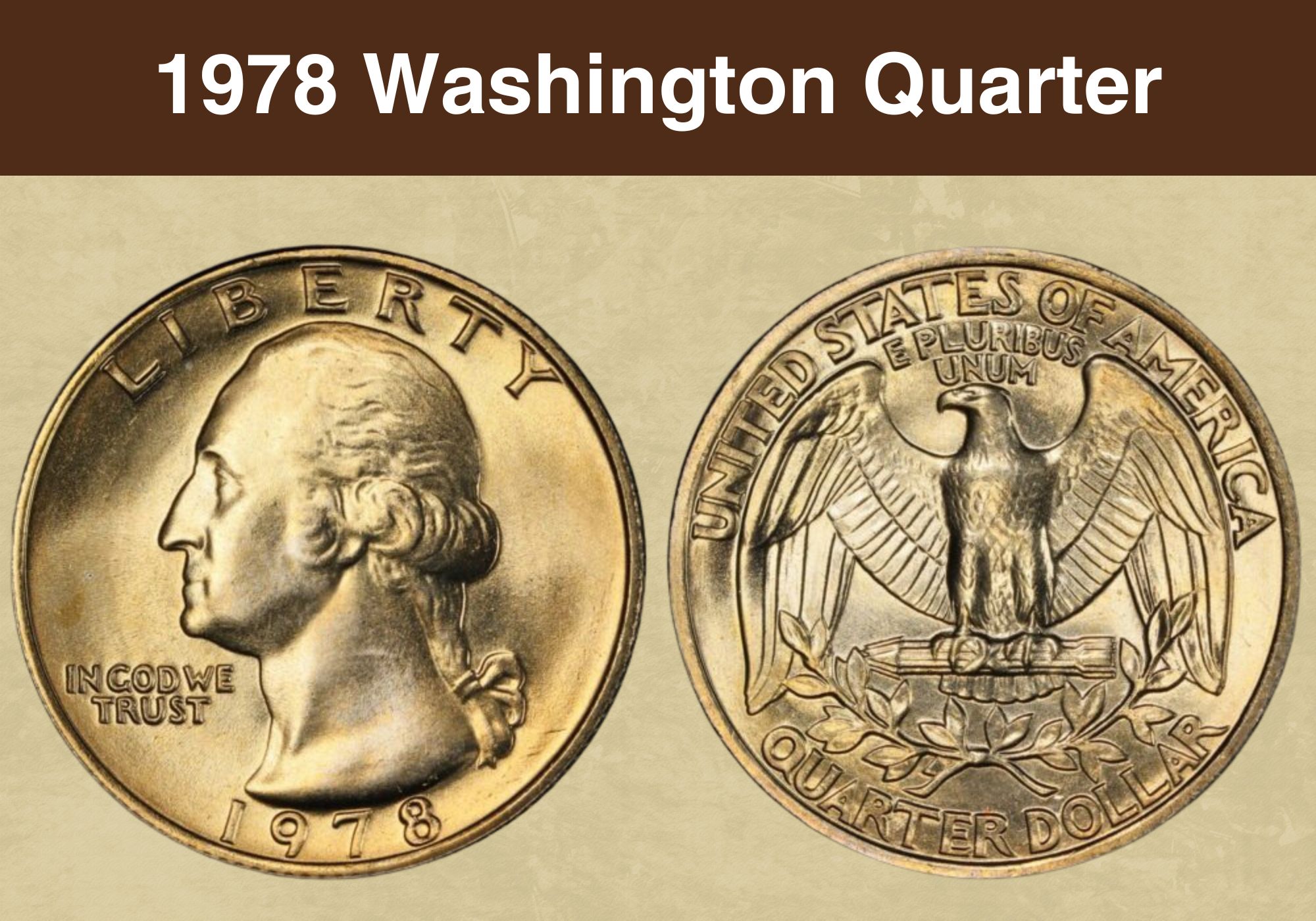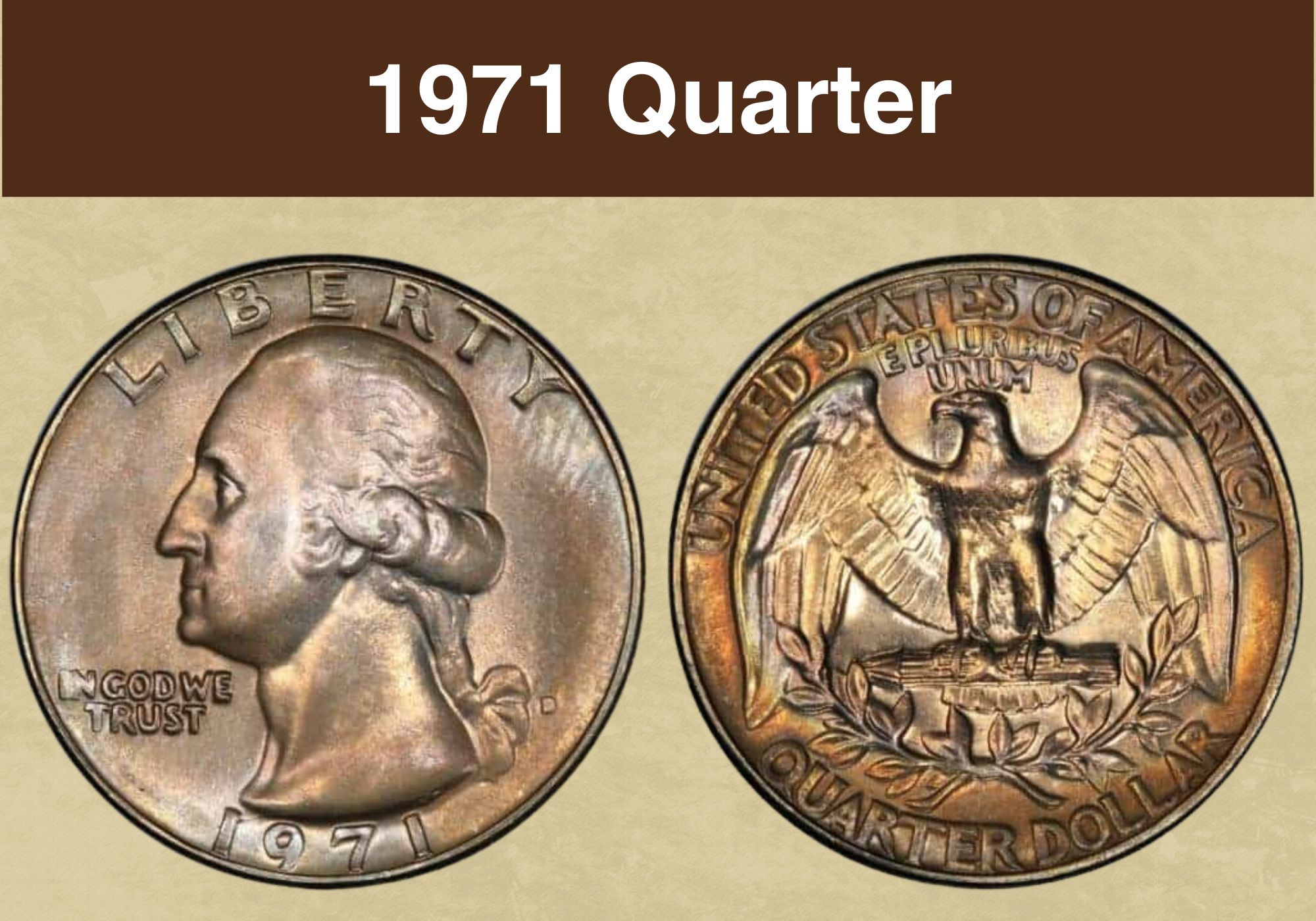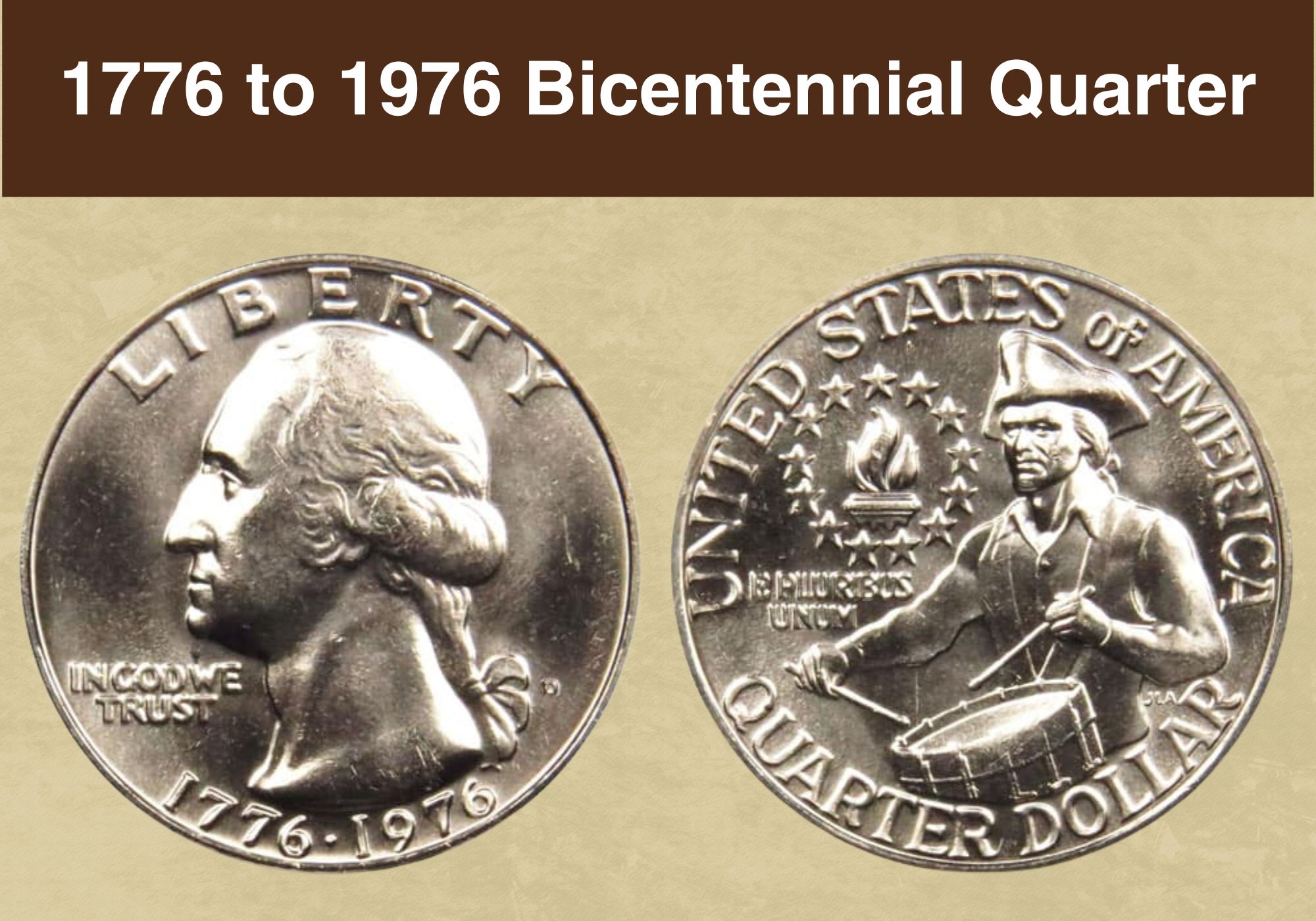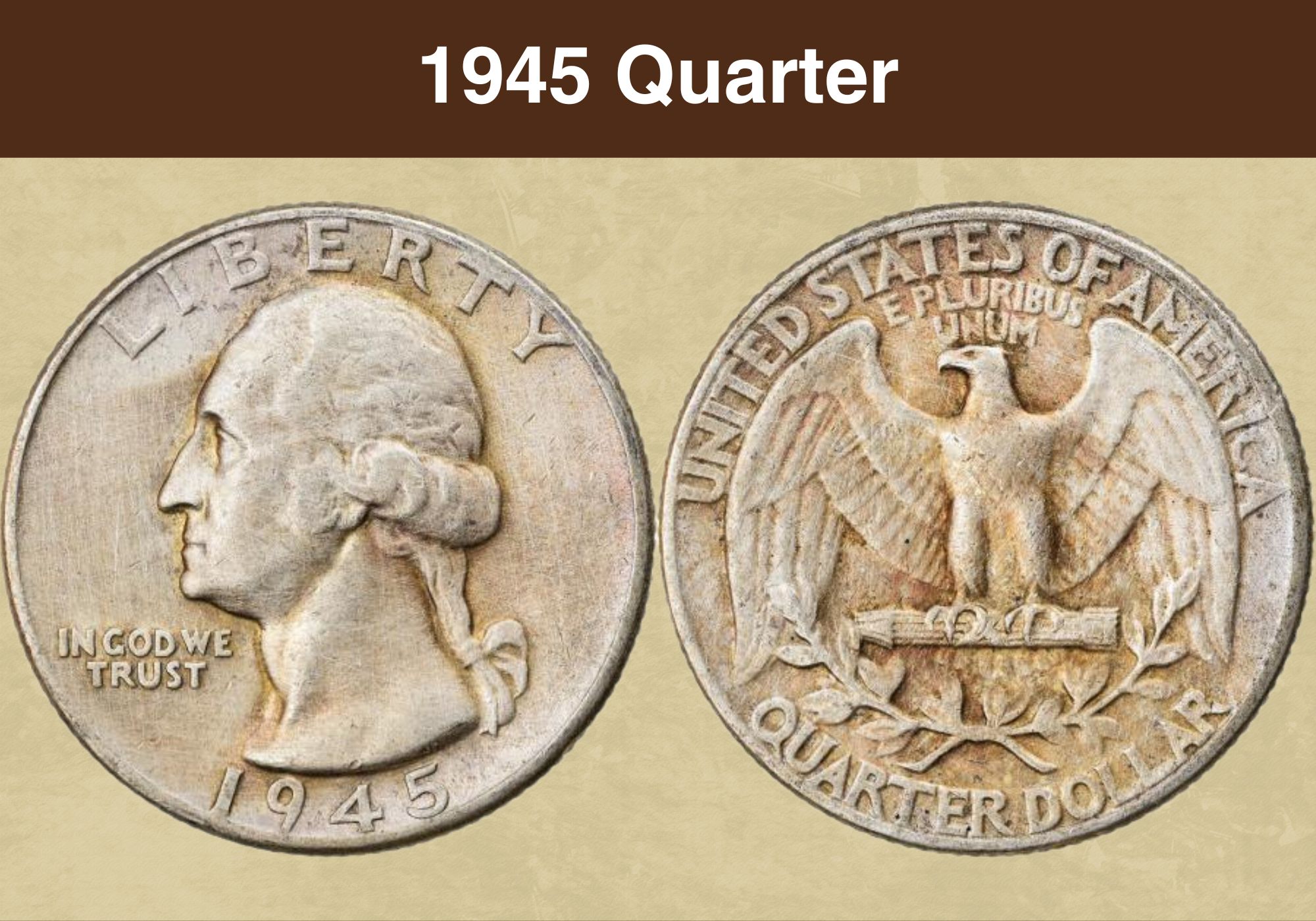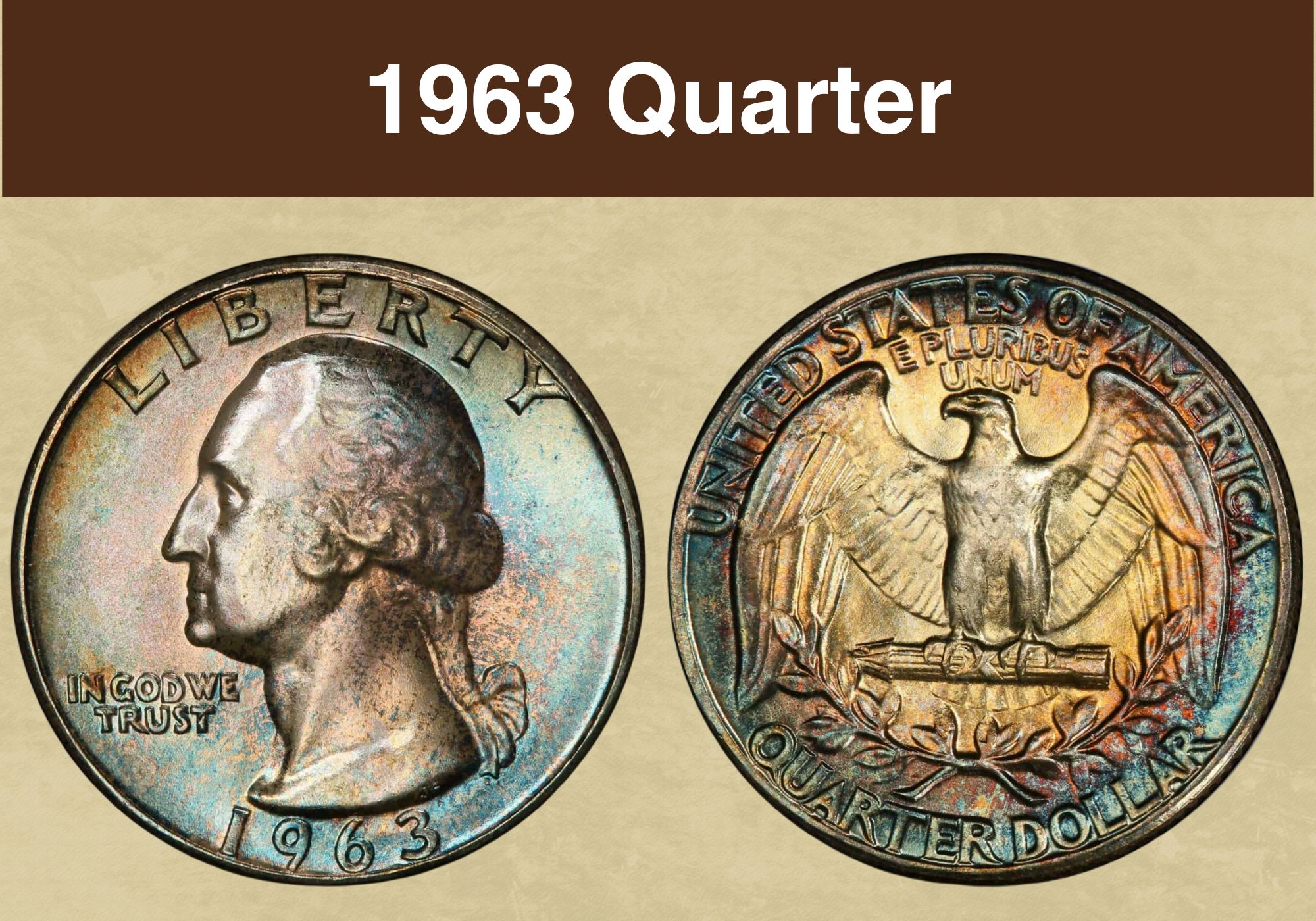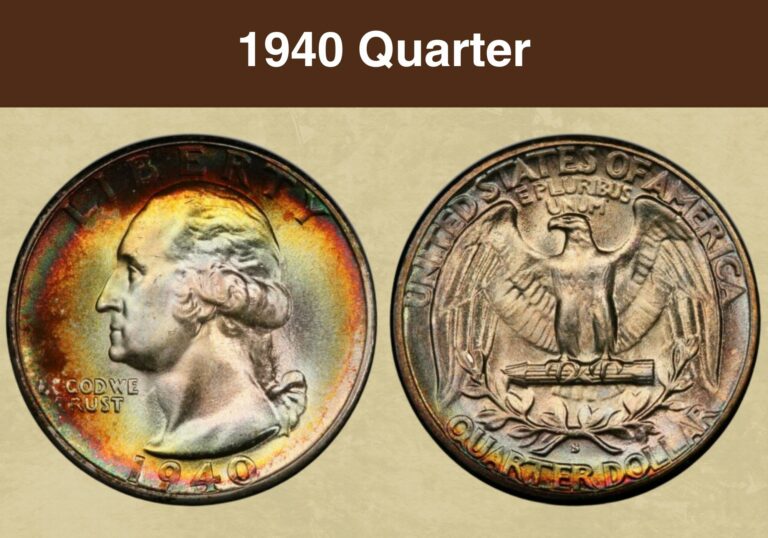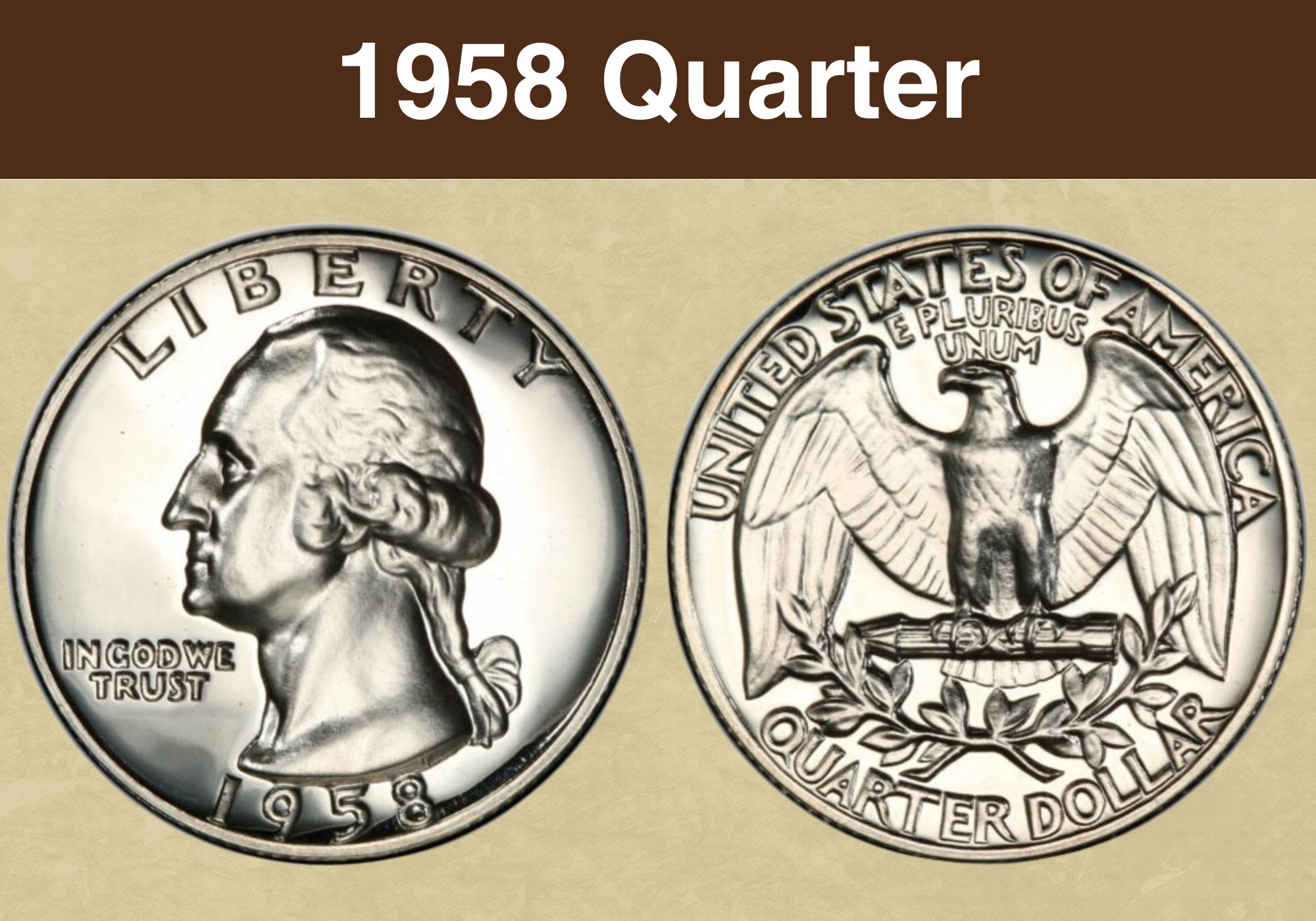
Coin Value Contents Table
Are you interested in finding out more about the 1958 quarter value? Then you’ve come to the right place! We have all the information you need to value your coin.
We’re going to look at the different factors that affect how much an individual coin is worth. We’ll explore what different types of Mint errors are worth to collectors. And we’ll learn about the history and design of the quarter along the way.
So if you’re ready, let’s get started!
| 1958 Quarter Value Chart | ||||
| Mint Mark | XF45 | MS60 | MS65 | MS67 |
| 1958 No Mint Mark Quarter Value | $6 | $10 | $28 | $100 |
| 1958 D Quarter Value | $6 | $10 | $34 | $200 |
| PR60 | PR65 | PR67 | PR69 | |
| 1958 No Mint Mark Proof Quarter Value | $8
Deep cameo: $20 |
$24
Cameo: $28 Deep Cameo: $130 |
$34
Cameo: $55 Deep Cameo: $225 |
$190
Cameo: $950 Deep cameo: $7,750 |
History of the 1958 Quarter
The quarter struck in 1958 continued a series that had begun over two decades earlier. It’s known as the Washington quarter, and it gets its name from the image of George Washington that appears on the obverse.
The first Washington quarters were struck in 1932 to commemorate the 200th anniversary of Washington’s birth. They were made from 90 per cent silver and 10 per cent copper.
That was a recipe that would remain unchanged until 1965, when rising silver prices necessitated a different approach. From that year on, everyday quarters were made of copper with a copper and nickel cladding, although some proofs were still struck in silver for collectors.
In recent years, the quarter has gone through a number of different designs on the reverse. These have included the well-known 50 States and America the Beautiful series. But in 1958, the design was unchanged from the very first quarters.
That year saw business strike versions of the quarter struck at the Mint facilities in Philadelphia and Denver. The Philadelphia facility also struck proof coins for collectors.
Coins struck at Denver will have a mint mark, a “D” on the reverse. But while modern Philadelphia quarters are marked with a “P”, the Philadelphia facility didn’t use mint marks in 1958.
Also read: Top 13 Most Valuable State Quarters Worth Money
Features of the 1958 Quarter
The Obverse of the 1958 Quarter
Coin experts refer to the “heads” sides of coins as the obverse. The obverse of the 1958 quarter carries the same portrait of George Washington that appeared on the quarter from 1932 to 2022. It was the work of an artist called John Flanagan. But it wasn’t everyone’s first choice.
At one point, it had been planned to honor Washington with a half dollar that would be produced for a single year. The decision on the design was therefore expected to be for a special committee that had been set up to oversee all aspects of the bicentenary celebrations.
But the plans changed. Instead of appearing on a half dollar, it was decided that Washington should appear on the quarter. And instead of it being a one-off, it should be produced into the future.
As a permanent addition to the nation’s coinage, the decision on the design now fell to the Treasury. But the Bicentennial Committee had already selected a portrait – one by Laura Gardin Fraser.
The Committee wrote to the Treasury Secretary, Andrew Mellon, encouraging him to choose the same image. But Mellon preferred a different portrait – the one by John Flanagan.
In the event, Mellon left his post before the coins were issued. But despite pleas from the committee, his successor, Ogden Mills, refused to reopen his decision.
Flanagan’s initials appear on the cut-off at the bottom of the portrait. To its left is the motto “IN GOD WE TRUST”.
At the bottom of the coin, curving parallel to its lower edge, is the date. And the word “LIBERTY” curves above the portrait.
The Reverse of the 1958 Quarter
Like the obverse, the reverse of the 1958 quarter was designed by John Flanagan.
It shows an eagle with outstretched wings perched on a bunch of arrows. The stylized form of the bird is reminiscent of heraldic emblems.
Below it, an olive branch curves parallel to the lower coin edge. The motif symbolizes peace.
The words “E PLURIBUS UNUM” arch over the eagle’s head. The phrase is Latin for “Out of the many, one”, a reference to the country’s creation as a union of states.
The country name itself curves along the top of the design, while the denomination mirrors it at the bottom.
If your coin has a mint mark, it will be found on the reverse. Look for a small letter below the middle of the olive branch and above the “R” of “DOLLAR”.
A “D” indicates that your coin was struck in Denver. If there’s no mint mark, that doesn’t mean your coin has an error. Philadelphia was the original Mint facility, and in 1958 it wasn’t adding mint marks to its coins.
Other Features of the 1958 Quarter
The silver quarters are a little heavier than the clad versions that replaced them from 1965. They weigh 6.3 grams, as opposed to the 5.67 grams of clad quarters.
In both cases, though, the dimensions are the same. All Washington quarters have a diameter of 24.3 millimeters.
The 1958 quarter has what is commonly referred to as a “reeded edge”. Turn it on its side, and you’ll see a series of parallel grooves running at right angles to the coin faces. These are the reeds.
They’re not just for decoration. They were originally used in the eighteenth century to combat a practice known as “coin clipping”. This was when unscrupulous traders cut slices of precious metal from the edges of coins, devaluing them.
The presence of reeds meant that anyone offered the coin in payment could see immediately if this had been done.
Also read: Top 16 Most Valuable Modern Quarters Worth Money
1958 Quarter Grading Guides
| # | Grade |
|---|---|
| 1 | Basal State-1 |
| 2 | Fair |
| 3 | Very Fair |
| 4, 5, 6 | Good |
| 7, 8, 10 | Very Good |
| 12, 15 | Fine |
| 20, 30 | Very Fine |
| 40 | Extremely Fine |
| 50 | About Uncirculated |
| 60 | Mint State |
| 65 | Mint State |
| 70 | Mint State |
Please check our grading guides to know your coin scale, It’s the necessary step to know the exact value of your coin.
Check out now: How to Grade Washington Quarter?
1958 Quarter Value Guides
1958 No Mint Mark Quarter Value
The 1958 quarters struck in Philadelphia numbered some 6.36 million coins. Around one in ten of them are believed to survive to this day.
That’s a lot of quarters – but some are worth much more than others. The key to the value of an individual coin is its condition. That’s measured on a scale from 1 to 70, with 1 indicating a coin in the poorest condition and 70 a perfect example.
All 1958 no mint mark quarters will have some value because of their silver content. Those graded from PO1 (“poor”) to XF45+ (“extremely fine”) are valued by the independent coin grading agency, the PCGS, at $6.
Coins graded MS60 and above (“mint state” – i.e. uncirculated) start at around $10. The value rises to $28 at MS65.
The finest example to have so far come to light is graded MS68 by coin grading agency the NGC. That was last sold publicly at auction in 2008, when it made $4,060.
1958 D Quarter Value
The Denver Mint facility struck over 78 million quarters in 1958. They can be identified by the small “D” on the reverse.
Values for coins in poorer condition are similar to their Philadelphia equivalents. Between grades 1 and 45+, they’ll be worth around $6, while coins graded 50 to 59 (“about uncirculated”) are worth $7 to $9.
In mint state, prices start at $10, while a gem MS65 is worth around $34. Values breach three figures at MS67 ($200), and rise sharply from there. The PCGS has certified 51 coins at MS67+, and values those at $800 apiece.
The finest of all are graded MS68. Six coins have been assessed at that grade, and each one is worth an impressive $8,500.
1958 No Mint Mark Proof Quarter Value
The Philadelphia Mint facility produced both business strike and proof quarters in 1958. Neither have mint marks, but proof coins have very shiny surfaces.
Like business strike coins, proofs were made of 90 per cent silver. But the planchets were highly polished, and the designs were struck using specially prepared dies.
Proof coins were originally produced for coin records and archives. But by 1958, coin collecting was a popular hobby, and more proofs were produced for collectors. That year saw some 875,652 proof quarters struck at Philadelphia.
Today, the PCGS estimates that only around 25,000 of those survive. Because they weren’t intended for circulation, all of those survivors are graded at least PR60. Prices start at $8 for a standard example at the lowest level.
But there are also coins graded cameos and deep cameos. Those display a dramatic contrast between reflective flat areas of the coin and frosting on the raised parts of the design. Deep cameos have a particularly strong contrast.
If you want a 1958 no mint mark cameo proof, they’re available at grades from PR62 (valued at $28) to PR69 ($950). For deep cameos, the range is from PR60 ($20) to a near-flawless PR69 ($7,750).
Also read: 17 Most Valuable Quarter Errors Worth Money
Rare 1958 Quarter Errors List
1958 (P) No Mint Mark Quarter, Full First Struck Brockage of Obverse on Reverse
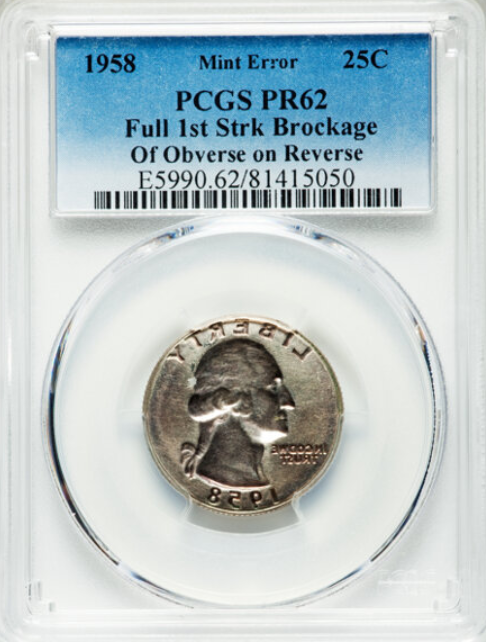
Sometimes, a planchet sticks to the die as it’s struck. It’s then impressed onto the next planchet, producing a mirror image of itself.
This type of Mint error is known as a brockage error. And it happened with one proof quarter struck in Denver in 1958.
The brockage appeared on the reverse, where a mirror image of the obverse design was produced. As a result, Washington appeared on both sides of the coin, with everything appearing backwards on the reverse.
The highly unusual coin was graded PR62 by the PCGS. And it sold at auction for an astonishing $12,000.
1958 (P) No Mint Mark Quarter, Struck on a Nickel Planchet
Sometimes something other than the correct planchet finds its way into the coin presses. And that can result in a very interesting error coin.
One of the quarters struck in Philadelphia in 1958 was struck on a planchet intended for a Jefferson nickel. The dimensions of the nickel are smaller than those of the quarter, so some of the design was lost. The tips of the word “LIBERTY” and the very bottoms of the numerals in the date were missing.
And instead of weighing 6.3 grams as a standard silver quarter should have, it weighed just 5 grams.
The quarter had been assessed by the NGC and graded at MS64, one point short of gem status. When it was presented at auction, it sold for just under $900.
This YouTube video from Couch Collectibles shows both these errors, as well as others among 1958 quarters.
Where to Sell Your 1958 Quarter ?
Now that you know the value of your coins, do you know where to sell those coins online easily? Don’t worry, I’ve compiled a list of these sites, including their introduction, pros, and cons.
Check out now: Best Places To Sell Coins Online (Pros & Cons)
FAQs
Is a 1958 quarter all silver?
Not quite. 90 per cent of the weight is accounted for by silver, with the remaining 10 per cent copper.
The Treasury changed the composition of quarters in 1965 to respond to the rising price of silver bullion. Silver was removed from business strike coins – those intended for everyday use – with the new versions made of copper clad in an alloy of copper and nickel.
Some years saw proof coins continue to be struck in 90 per cent silver and 10 per cent copper.
How do I know if I have a rare quarter?
Two factors usually determine whether a quarter is rare.
The first is the condition of the coin – the very finest examples of each mintage are rare and valuable.
The second is whether or not a coin has a Mint error. Doubling on the designs, coins that have been struck more than once, or coins struck on something other than the correct planchet, are just a few examples of such errors. And they’re all rare.
There are plenty of videos online that can help you assess the condition of your Washington quarter. These can help you decide whether it’s worth spending the money required for a professional evaluation.
Mint errors are often easier to spot. Coins that have been double struck or struck on the wrong planchet are usually pretty obvious.
But some types of error, like lamination errors that affect the surface of the coin, can be difficult to distinguish from later damage. Look for coins that have been independently authenticated before paying high prices for errors like these.

